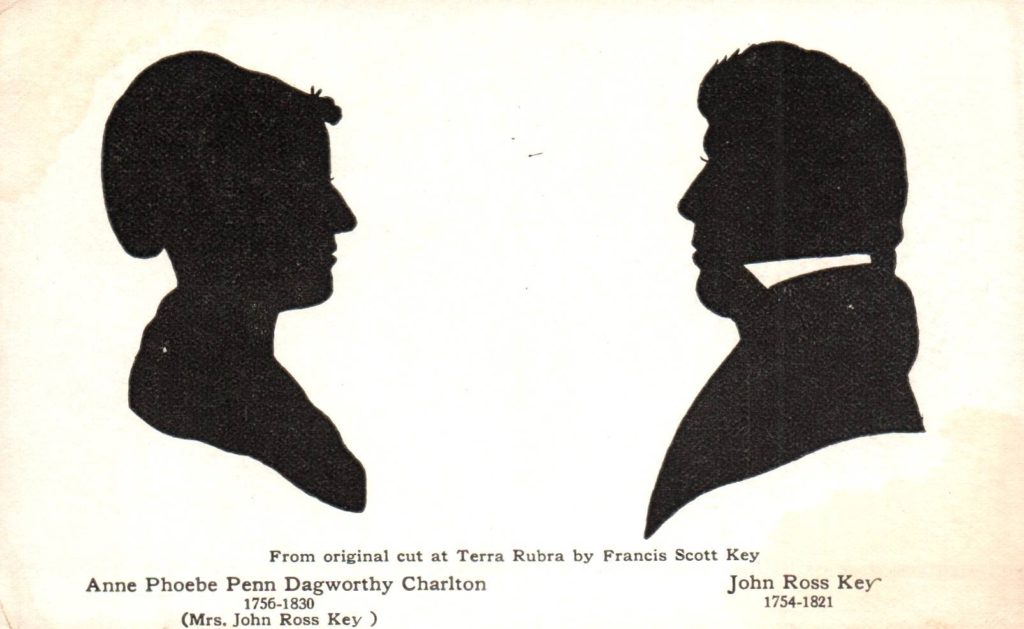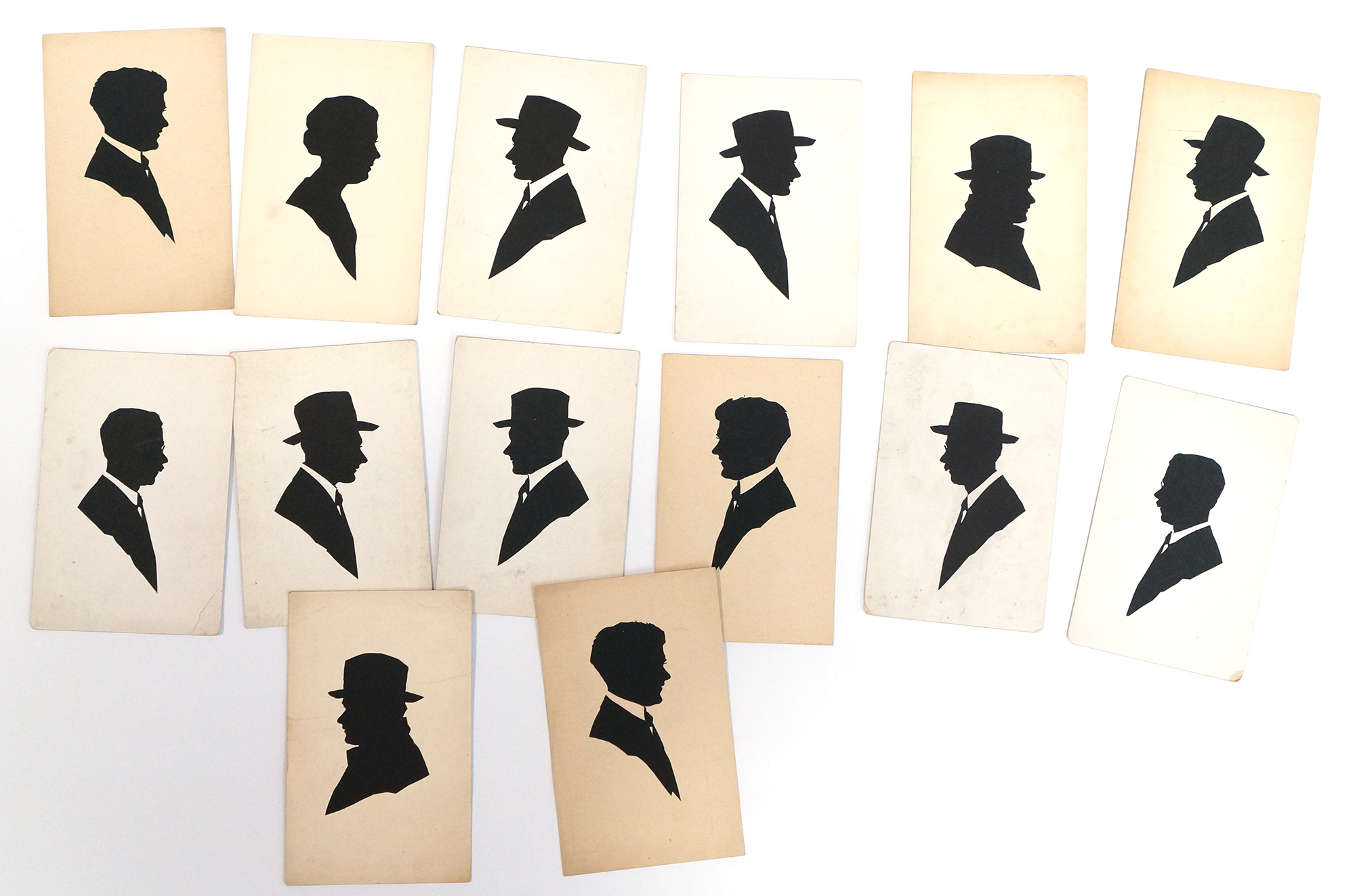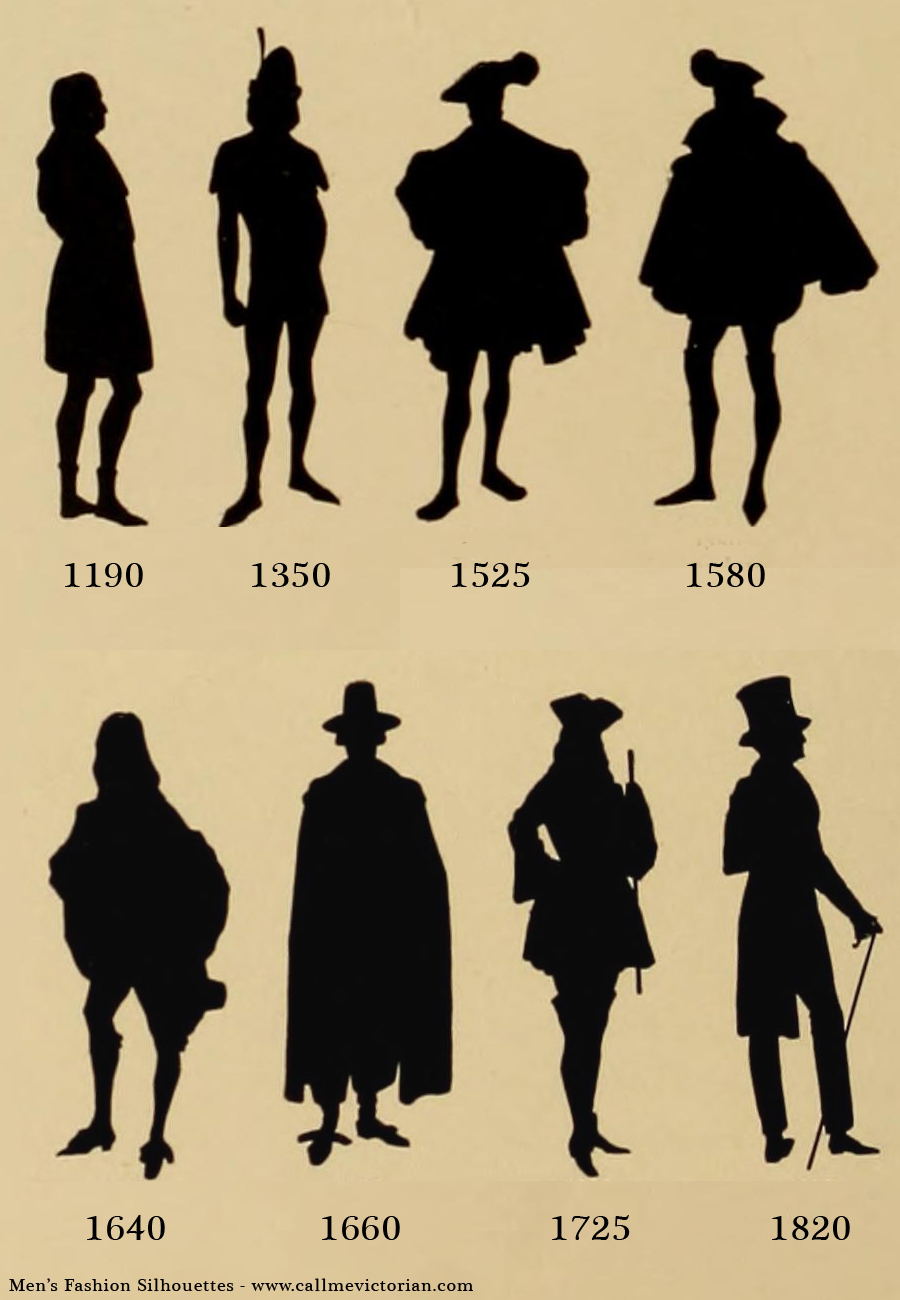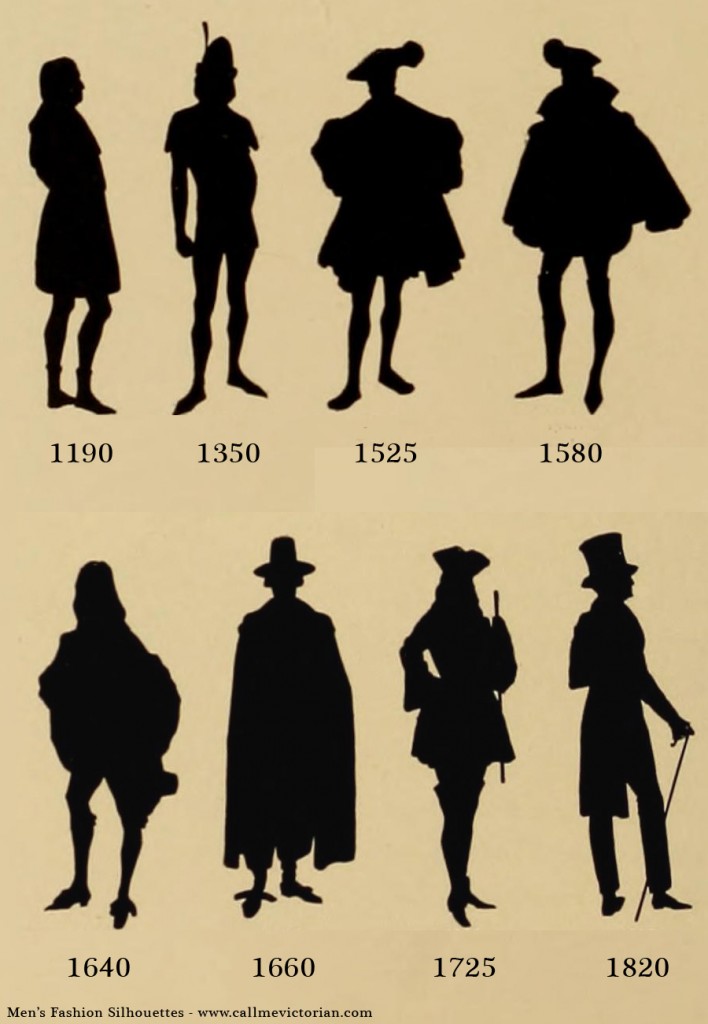Victorian silhouettes were a popular form of portraiture during the Victorian era, which lasted from 1837 to 1901. These silhouettes, also known as shadow portraits, were created by cutting a profile of a person’s head and shoulders out of black paper and then mounting it on a light-colored background. The result was a striking, monochrome image that was both elegant and affordable. This may have been the only way to have an image of a loved one before photography was widely available. I recently came across this collection of silhouette postcards.
The origins of the silhouette can be traced back to the 18th century, when European artists began experimenting with ways to create inexpensive, mass-produced images of people. One of the earliest forms of the silhouette was the “profil perdu,” a technique in which a person’s profile was traced onto a piece of paper and then cut out. This method was popularized by French artist Etienne de Silhouette, from whom the art form takes its name.
During the Victorian era, silhouettes became increasingly popular as a way to create a quick, affordable portrait of a loved one. They were particularly popular among the middle and lower classes, who could not afford the cost of a full-color painting or photograph. Silhouettes were also popular among soldiers, sailors, and other travelers, who would have them made as a way to remember their loved ones while they were away.
Silhouette artists, also known as silhouette cutters, would set up shop in a variety of locations, including fairs, markets, and shopping arcades. They would often work from a live subject, tracing the person’s profile onto a piece of paper and then cutting it out with a small, sharp knife. The resulting silhouette was then mounted on a light-colored card and often decorated with additional details such as hair, clothing, and jewelry.
Silhouettes were also used to create more elaborate works of art. Some artists would create large, multi-figure compositions, while others would create intricate scenes with animals and landscapes. These more complex silhouettes were often displayed in homes and galleries, and were considered to be works of art in their own right.

In addition to being a popular form of portraiture, silhouettes were also used for other purposes during the Victorian era. They were used in advertising, to create illustrations for books and magazines, and even to create political cartoons. They were also used in the field of medicine, as doctors would use silhouettes to study the shape of the human body.
The popularity of silhouettes began to decline in the early 20th century, as photography and other forms of portraiture became more widely available and affordable. However, the art form has experienced a resurgence in recent years, with many contemporary artists and artisans creating new silhouettes using modern materials and techniques.
Although the art form declined in popularity in the early 20th century, it has seen a resurgence in recent years with contemporary artists and artisans creating new silhouettes using modern materials and techniques.



